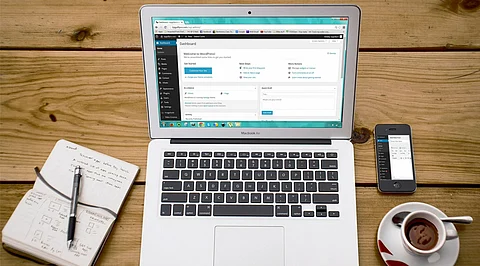

Charts provide you with a way through which you can condense large sets of data for comparison. They also allow you to create data visualizations that are easy to understand even for a person looking at that data for the first time.
There are different types of charts you can use to compare two or more data sets. Each of these charts comes with its own use cases, depending on your data sets. This makes getting the best chart for data comparison the most difficult part of data comparison.
The truth is that the type of chart you choose to use is dictated by different factors. Some of these factors include the data metrics, variables, and features, your audience, and the kind of conclusion you want your audience to draw.
Here are some of the types of charts you can use when comparing two data sets;
If you are looking for a graphic option to compare data from two sets, then you can use back-to-back stemplots. This type of chart provides you with a stem column and vertical lines on both sides.
One of the data sets is represented by leaves extending from the left. The other data set is also represented by leaves but extends from the right. For instance, let us assume that you want to compare two data sets where you are finding out the amount of money carried by a random sample of men and women.
You can have both men and women on either side of the stem. The stem will be used to represent the money. This way, you can see how much money both genders are carrying, and come up with various computations from the chart.
Combo charts can be defined as dual-axis charts that come with a secondary Y-axis to allow users to compare two different sets of data against a single dataset. The single dataset is represented on the X-axis, but still on the same chart.
For instance, you might be comparing the consumption of fuel with the number of tracks that your business operates by week or month. Plotting the range of values for fuel consumption and the number of tracks on the same axis might be complicated.
Fortunately, using the Power BI secondary axis, for example, you can leave the secondary axis for your vertical or Y-axis. The X-axis can be shared between data coming from different columns. This way, you can easily compare two data sets against a single set of data.
Using the same measurement scale, you can position two dotplots – one above the other one – to compare two different sets of data. Let us take an example where you want to compare car ownership in two different blocks.
You can come up with two dotplots, with dots within the chart used to represent a household that owns a car. The total number of households with cars in each block can be deduced from the total number of dots.
The X-axis is used to represent the number of cars each household has. This way, you can easily compare car ownership in the two blocks. You can also get more information such as the households with more cars, those without cars, and the average number of cars in each block.
Parallel boxplots are also known as side-by-side boxplots and are important in data visualization. Using the same scale of measurement, you can display two different sets of data on the same chart. This chart is called parallel boxplots.
For instance, you can compare the rate of power consumption between two different sets of mobile devices. The devices are charged to 100% at the same time and then parallel boxplots are used to compare how the two sets of devices drain their batteries.
Double bar charts can be confused with the regular bar chart. However, these two are different because a double bar chart contains two different pieces of information for all categories while a regular bar chart has just one.
These charts employ the use of different color codes with each of the colors representing a different piece of information. For instance, you can use double bar charts to show how customers are satisfied with different mobile phone operating systems, and then break it down by gender.
Businesses can use these charts for data visualization and data set comparison. This is important in helping them with data analytics for decision-making and seeing future trends in business requirements and operations.
Join our WhatsApp Channel to get the latest news, exclusives and videos on WhatsApp
_____________
Disclaimer: Analytics Insight does not provide financial advice or guidance. Also note that the cryptocurrencies mentioned/listed on the website could potentially be scams, i.e. designed to induce you to invest financial resources that may be lost forever and not be recoverable once investments are made. You are responsible for conducting your own research (DYOR) before making any investments. Read more here.
